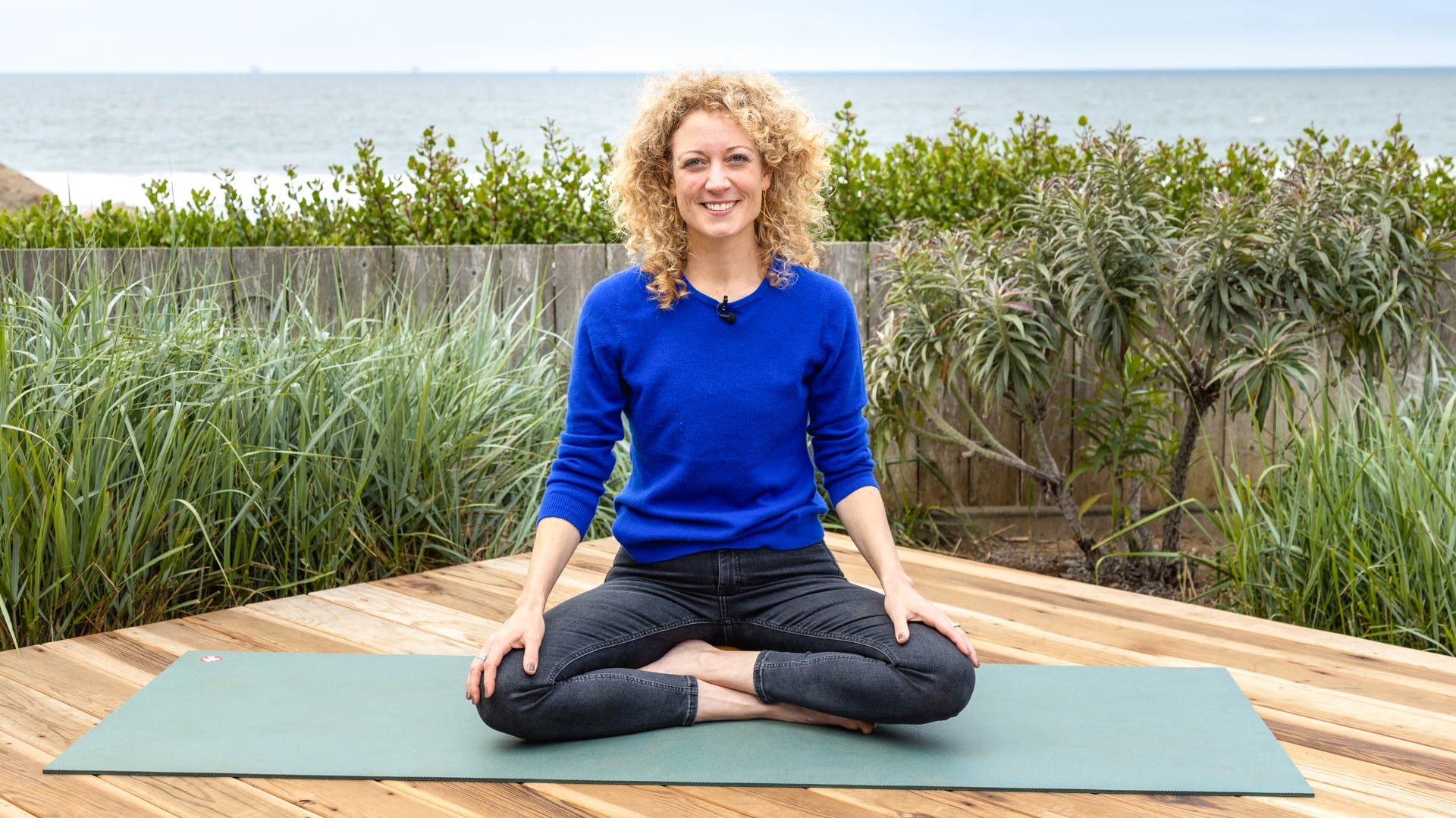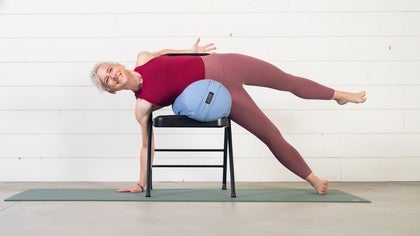
Moving from Isolation to Connection
The last 18 months or so have been an exercise in not trusting the cooties of others.
As we emerge from our personal pods of isolation, we are naturally going to experience resistance, anxiety, and fear. (The rising threat of the Delta variant is obviously not helping).
But extended social isolation has been shown to wreak havoc on an individual’s physical, mental, and cognitive health leading to depression, poor sleep quality, impaired executive function, accelerated cognitive decline, poor cardiovascular function, and impaired immunity, and even lead to premature death.
So, how to buck up and get reacquainted with being with others? The practices of yoga are designed to increase the capacity of the nervous system to handle the truth of our interconnectedness with all things. Through movement, breath, and visualization we can essentially hack our inner workings to reduce the effects of our totally normal stress and worry.
Here are four techniques that might help:
- Shake it Off
- Let Your Breath Deepen
- Relax Your Face
- Visualize
Trauma occurs when we feel we are in an unsafe situation with no escape. Shaking is one of the quickest ways to communicate inwards that we are not stuck. The hokey pokey is one of our favorite ways to get in the mood. A little shimmy shake before you head out into the world is a great way to start the day!
The vagus nerve runs right through our diaphragm. Letting the breath slowly deepen, especially lengthening the exhale, stimulates the vagus nerve and communicates to the nervous system that we are safe. Practice paying attention to your breath in public crowded spaces like the grocery store. This will draw your attention inward and help you feel held.
The vagus nerve also touches each of our sense organs in our face. When our gaze is sharp, our jaw rigid, our ears closed, and nostrils flared, we are directly communicating that we are unsafe and the nervous system will respond accordingly, increasing our levels of cortisol. Letting our eyes soften and feel more kind helps us see the world less harshly. Relaxing our jaw and letting our lips slightly part sweetens the taste. Letting our ears open increases our chance of hearing more clearly. Letting our brows soften and open increases the space in the mind.
The body does not know the difference between what is actually happening and what we perceive is happening. Therefore, you can start to build up your interaction muscles from the safety of your home. Visualize a scary germ-infested situation, like a crowded hot packed yoga class. Notice that just by imagining it, your body might start to respond with shortening your breath, tightening your jaw, tensing your muscles. Maintain your visualization and try the three suggestions above: relaxing your face, deepening your breath, and even shaking it off. See if that worked! Eventually that situation will not seem so scary, and you might even go back to class!
For more practices to calm the nervous system and call in a feeling of connection, please join Kyra Haglund for Season 3 of "Yoga for Trauma", on Yoga Anytime.
Comments
You need to be a subscriber to post a comment.
Please Log In or Create an Account to start your free trial.













